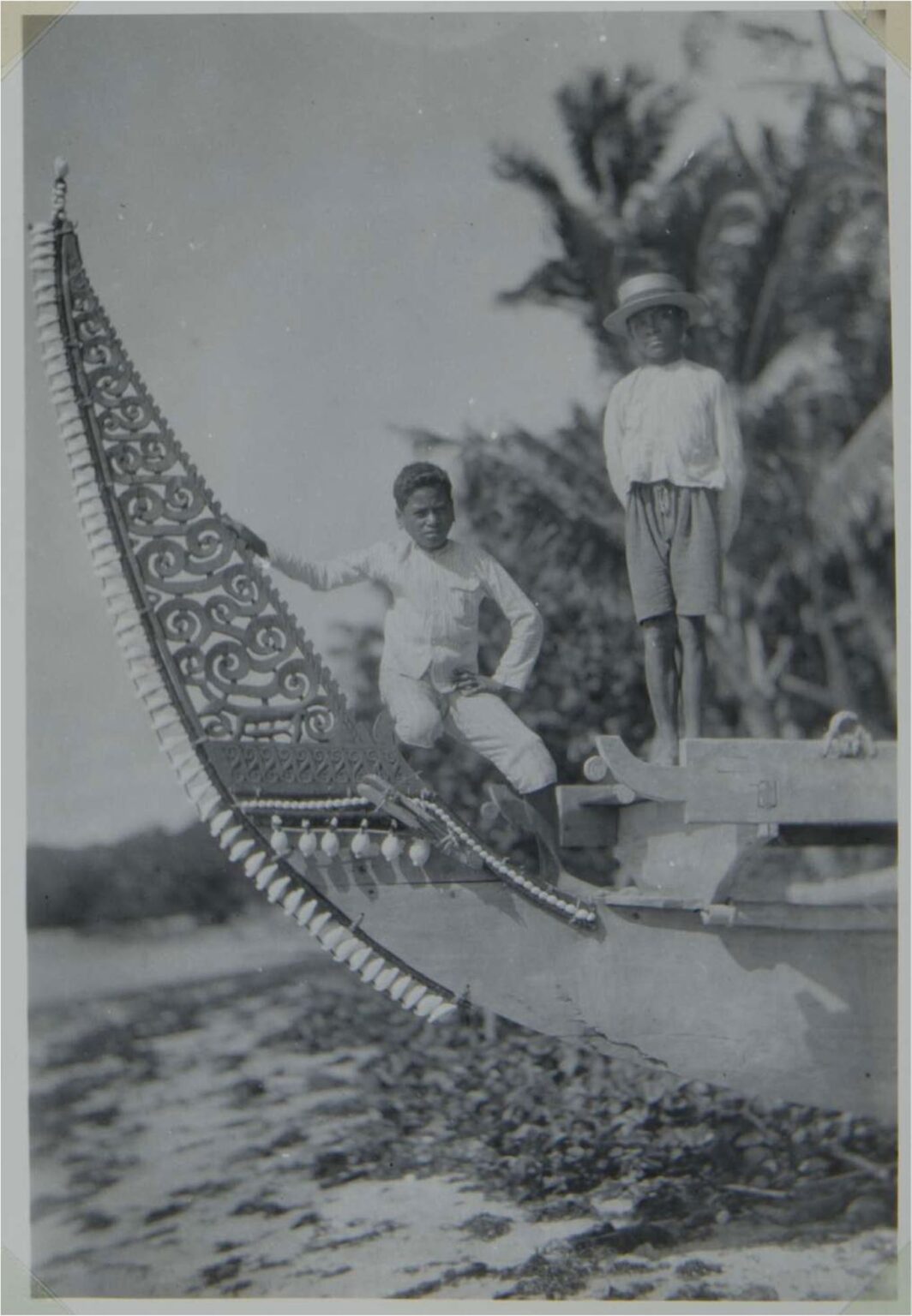Flinders University archaeologists have identified rare images of Moluccan ships in rock art from islands in eastern Indonesia. The findings are the first archaeological evidence of Southeast Asian visitors from places other than Makassar on Sulawesi.
The research also shows that the rock art found at Awunbarna, Arnhem Land, not only provides new evidence, but also leads us to a rarely documented and elusive encounter between the region's indigenous people and visitors from the Moluccas of northern Australia (now commonly called as the Maluku Islands).

The Rock Art
This rock art depicts two similar boats, each with triangular sails, pennants, and decorations on the stern. The decorations on the boats also indicate military status. The details clearly depicted on the rock art provide convincing evidence to confirm the identity of the boats.
The vessels differ from the Macassan (now commonly called as Makassar) and Western vessels depicted at other contact sites in northern Australia, and are more similar to historically recorded vessels from the Southeast Moluccas of eastern Indonesia. Macassan boats tend to be larger and have different sail configurations. Western vessels tend to be smaller and have a different hull shape.

The Contact
This rock art provides evidence of contact between Aboriginal Australians and Moluccan sailors. The journal's authors argue that the rock art provides evidence of elusive encounters between Aboriginal Australians and people from the islands to the north. They show that Moluccan ships may have visited Australia for trade, fishing, resource exploitation or slavery.
This is because the illustrations on the rock art reflect a deep knowledge of the craft of boatbuilding, gained through careful and detailed observation or through direct experience and contact with the craft.
Contact between Aboriginal Australians and Moluccan seafarers was likely complex and nuanced. Both groups may have traded, shared stories, and learned from each other. This contact may also have led to conflict and displays of force.

The Significance
The discovery of this rock art is significant because it provides new insights into the history of contact between Indigenous Australians and people from other parts of the world. It also challenges narratives about Macassan trading and fishing activities in northern Australia, suggesting that there may have been a more complex and nuanced relationship between the two groups.
The authors argue that further research into rock art and contact between Aboriginal Australians and Moluccan seafarers can provide valuable insights into the history of Aboriginal Australia and the wider region.
This exciting discovery opens a new window into a complex cultural interaction hidden in history and invites us to explore a deeper narrative of the exchange of knowledge and experience between two distinct societies.
Source:
de Ruyter, Mick., et al. Moluccan Fighting Craft on Australian Shores: Contact Rock Art from Awunbarna, Arnhem Land. Hist Arch (2023).



















